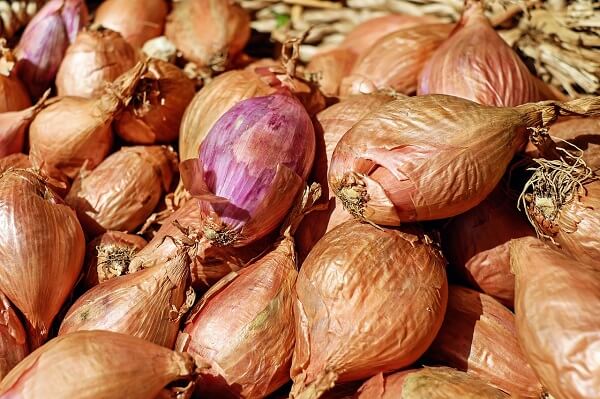Growing shallots is not difficult. More importantly, shallots are rich in folate, manganese, potassium, and vitamins A, B6, and C. And another plus: they add zest and flavor to your meals. Shallots are a good companion plant with other early maturing greens.
Propagation
Shallots can be propagated from seeds. At a temperature of 45°F to 95°F, seed germination is usually from four to five days. Shallots can also be planted from sets, or bulblets that can be direct seeded. If you are for big bulbs, remember that shallots grown from sets are not recommended for hot climate areas. If you really want to grow shallots and you are in such weather condition, opt for shallots grown in containers.
Location
Choose a location that enjoys full sun, where the soil is loose, well-drained, and weed free. You should wait at least three years before you plant shallots in the same place where other members of the onion family have been planted. Although the shallots are not afflicted with too many problems, it is still best that you practice crop rotation. Raised garden beds are excellent.
Cultivation of Shallots
- Schedule your planting date in accordance with when you want your harvest. For fall plantings, you can harvest in winter of spring. For spring planting, you can harvest in mid-summer or early fall.
- Prepare the ground for planting by removing weeds and large debris. Mix the soil with plenty of organic matter. Shallots will grow even in average soil. If you want optimum growth, the best soil pH is 6.2 – 6.8.
- Shallots have shallow roots. Keep the garden area weed free. This is really important, not just for the sake of the roots. Shallot seedlings and grass look very much alike. You do not want to make unnecessary mistakes.
- Bulbs can be broken in single cloves. For large cloves, you can cut them in tinier pieces as long as there is some root attached to the head.
- Plant the bulbs one to two inches deep, with the root down and the tips at the same level as the soil surface. Allow about eight inches between plants.
- Irrigate shallots well immediately after planting. Keep the soil moist, not wet, while the tops are green. Shallots require less watering as they mature. Dry weather requires weekly irrigation, but do not overwater. When the green shoots start turning yellow, you can quit irrigating.
- Lightly mulch to help keep moisture and protect from weeds. Do not cover the bulbs with mulch. They are not sufficiently strong to break through.
- Shallots have better growth when above ground. Expose the bulbs in mid-spring








